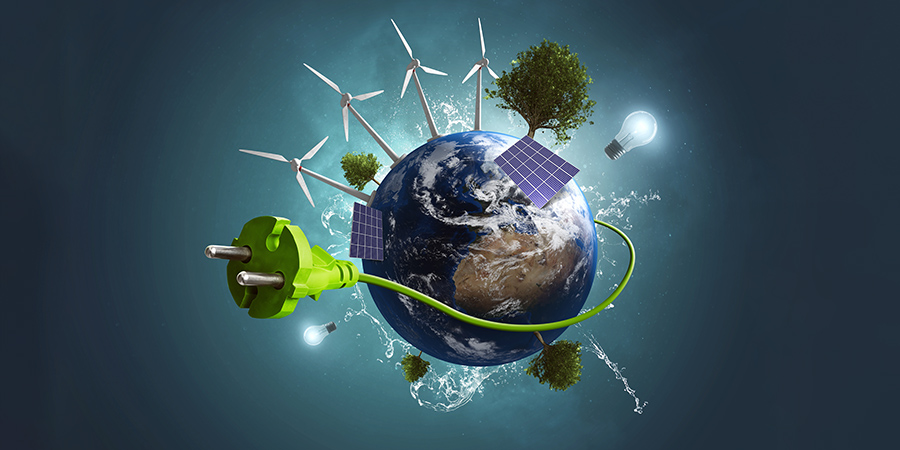A recent study conducted by Juniper Research, a leading authority in smart cities markets, predicts that the potential savings from smart grids will increase by 249% by 2029, up from USD 84 million in 2024. This growth will benefit both utilities and consumers.
This rise in savings is attributed to the growing investment in solutions by governments, particularly in the US, China, and Europe, with a focus on BESS (Battery Energy Storage Systems).
Also Read: LG Uplus and KEPCO Team Up for Smart Grid
A Shifted Focus: Optimizing BESS
The study highlights a shift in the market towards prioritizing the efficiency and effectiveness of BESS solutions, driven by the need to achieve climate goals and reduce dependence on fossil fuels. Given that renewable energy sources currently do not meet the demand, it is crucial to ensure that excess energy is not wasted to reduce carbon emissions.
Published research indicates a strong demand for Battery Energy Storage Systems (BESS) from grids, institutions, and consumers, driving increased investment in battery research. Companies that succeed in developing advanced batteries, which can efficiently integrate multiple energy sources and minimize energy loss, are, thus, expected to dominate the market.
These advancements will result in significant cost savings for both utilities and consumers. The potential for reduced energy costs, enhanced grid stability, and improved energy efficiency highlights the critical role of innovative battery technologies in the future energy landscape.
Read More: Huawei and China Telecom Release Joint-Report on 5G Network Slicing for Enabling Smart Grid
Expansion of GenAI Applications
The Juniper Research report also noted that while AI is widely used for grid automation, GenAI (generative artificial intelligence) is offering additional capabilities. Generative models trained on customer energy data can help utilities create scenarios for future grid strategies.
These generative models can analyze vast amounts of historical and real-time data to identify patterns and trends, enabling utilities to create detailed and accurate scenarios for future grid strategies. This includes predicting energy demand, optimizing energy distribution, and planning for infrastructure investments. By simulating various scenarios, utilities can better anticipate challenges, such as peak load times or equipment failures, and develop more effective and resilient grid management strategies.
Recent Network News: AWS, CelcomDigi to Develop GenAI Solutions in Malaysia
Moreover, GenAI can support personalized energy solutions for consumers, recommending energy-saving measures or customized energy plans based on individual usage patterns. This not only enhances customer satisfaction but also promotes more efficient energy consumption overall.
For example, predicting energy output needs based on the adoption of solar technologies by households enables utilities to plan future investments in the grid. GenAI enhances grid efficiency, prompting technology companies to incorporate these solutions into their offerings before the market becomes saturated.
Telecom Review Asia Exclusive Interview: Transforming the Telco Industry: Emerging Trends with GenAI
Also Read: Huawei Rolls Out Its Energy-Efficient Network Solutions To Ramp Up Industrial Digitalization
Telecom Review Asia Exclusive Feature: Empowering Smart Cities in Asia with Edge Computing







